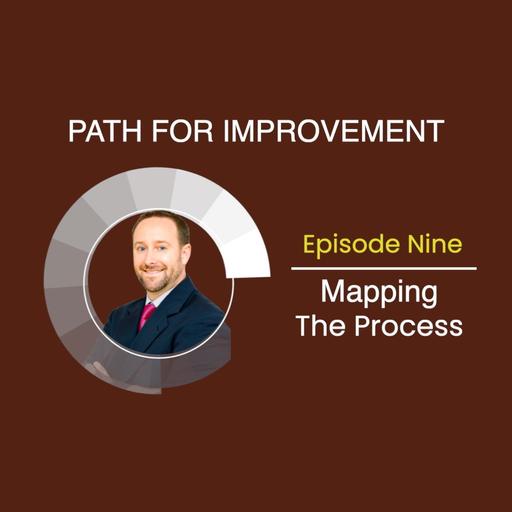
14 Apr 2025 07:00
Mapping the Process: Path to Improvement (Part 9)
How can we improve attendance when every school has a different process?
In this episode, John Dues continues his exploration of Deming’s philosophy in action, focusing on chronic absenteeism. As part of their third PDSA cycle, John’s team shifts from individual interventions to process standardization—mapping how each of their four campuses handles attendance interventions. The surprising discovery? Each school follows a different process, revealing hidden variation and inefficiencies.
By visualizing these systems, the team is not only grasping the current condition but also setting the stage for a reliable, scalable, and effective process. This methodical approach highlights how understanding systems and reducing variation are key to meaningful improvement.
TRANSCRIPT
0:00:02.1 Andrew Stotz: My name is Andrew Stotz and I'll be your host as we dive deeper into the teachings of Dr. W. Edwards Deming. Today, I'm continuing my discussion with John Dues, who is part of the new generation of educators striving to apply Dr. Deming's principles to unleash student joy in learning. The topic for today is Mapping the Process. John, take it away.
0:00:26.7 John Dues: Hey Andrew. It's good to be back. Yeah. For the folks that have been following along for the past several episodes we've been working towards defining this problem more narrowly in terms of this chronic absenteeism issue we've been talking about. And for the last few episodes we've been talking about how the team didn't have enough information to write that precise problem statement. And we took a look at gathering additional information by running a couple PDSA cycles in those first two cycles that we've discussed so far. We know we had zeroed in on a handful of students and ran PDSAs with them and their families about their obstacles getting to school. And then we left off talking about how we were going to shift gears in PDSA cycle three. And instead we were going to focus on standardizing our process. So creating a process map for how we intervene with kids with our attendance teams across the network. So that's what the team is currently working on. But just as a sort of quick reminder to folks, and especially if you're watching, we have this model that we've been working through, this four step improvement model where you set the challenge or direction, grasp the current condition, establish your next target condition, and experiment to overcome obstacles.
0:01:48.1 John Dues: And then like we've talked about several times, we're doing this with the team and that includes people working in the system, people with the authority to change or work on the system, and then at least one person with significant knowledge of the System of Profound Knowledge, like an SOPK coach. And we've been using this model that's on the screen to sort of symbolize or I guess visualize what those four steps look like. You're sort of marching up this mountain towards this challenge or direction. And we've also talked about this long range goal that we've had and we've taken a look at some data where we have our chronic absenteeism rate mapped out over the last eight years or so. We have this long range goal. So this is the direction of the challenge where we're trying to take our chronic absenteeism from above 50% down to 5%. We have the data going back to the 2016/17 school year. Then we also talked about how there's this, not surprisingly, there's this sort of pre-pandemic level of chronic absenteeism, which was again too high. It's not where we wanted it, but we have this major shift up where we've seen this significant jump in chronic absenteeism since the pandemic hit.
0:03:15.0 John Dues: So in those four years, 2020
